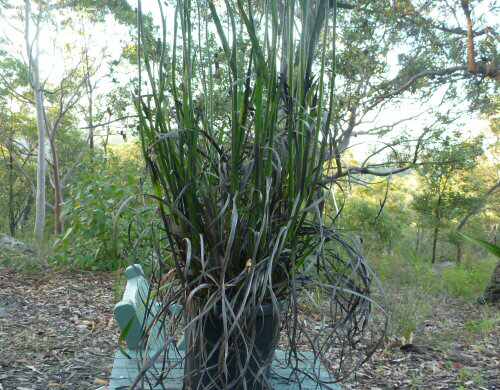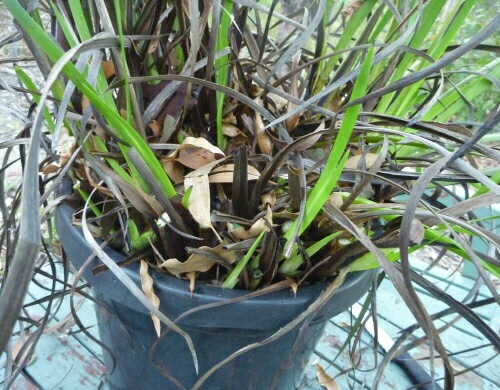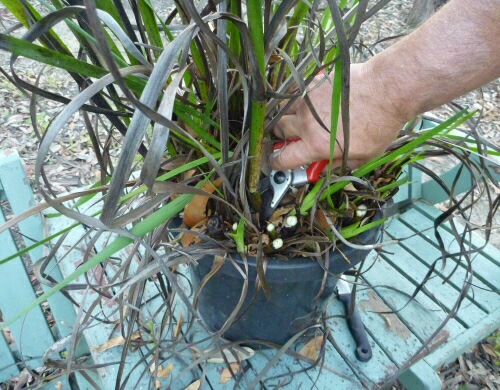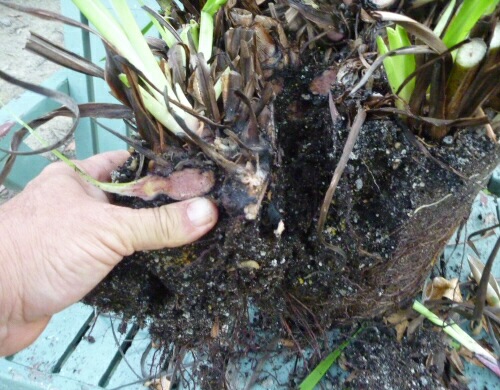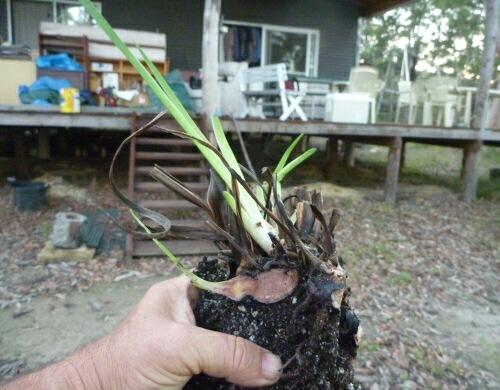HERE COMES AUTUMN!
Autumn weather brings milder temperatures to a lot of areas of Australia. This is a good chance to catch up with weed growth that might have got out of hand in summer, to review plants that have not performed in the heat, and to plant new garden beauties. Summer can be hard on new plantings, as they don’t get a chance to make new root growth to support the water losses from transpiration caused by heat waves. Water loss via leaf transpiration in summer can be lessened by spraying with anti-transpirants or with a bit of shade cloth, but the approaching cooler weather is a great planting time. It lets plants develop good root systems for the coming year, without the need for the extra stress of finding methods to mitigate extreme temperatures.
It’s also a good weather to do some more propagating. I showed you how to take cuttings last newsletter, and there is still time to take cuttings as temperatures in March will stay warmish, which is good for root growth. It’s also a perfect time to divide up large perennial plants like kangaroo paws that have multiplied in spring and summer. Dividing older plants is also a good opportunity to clean them up, removing dead or dying leaves and roots, and putting them into fresh soil. You get new plants to give away or to spread through your garden, and the old plant will be invigorated with new space and less crowded growth. For more March native gardening tips go here.
DIVIDING PLANTS AND RENOVATING KANGAROO PAWS
Kangaroo paws that are well fed and watered can put on lots of new growth during spring and summer, as each leaf fan produces a flower. As the old flowers die off in autumn, this is a good time for a clean up, and if the plant is big enough, to divide it up into more than one plant. Dividing older plants is also a good opportunity to put them into fresh soil. I’ll show you a step by step way to divide up a kangaroo paw below-
The spring flowering had been magnificent and abundant on the plant above, but the flowers and old leaves are dying off and look unsightly now. The plant is trying to bust out of the large pot- a definite sign that it’s not on it’s last legs though….
Just look at the beaut fresh new shoots that are being hidden by the old growth. They will benefit from more light and air, and more space. You can also see my bread knife, waiting to spring into action once the plant comes out of the pot.
First, cut away all the old flower stems, nice and close to the base of the plant. Then you can cut or pull off the untidy leaves. This is a good time to remove any blackened leaves that are affected by ink spot disease too. Now, knock the plant out of the pot, or dig it up if it’s in the garden.
You can see the rhizomes once you start cutting into the plant- they are the swollen and fleshy looking structures just below the surface. Rhizomes store food for the plant, and contain the new growth buds, which is why you can take a lawn mower or whipper snipper to a kangaroo paw in a display of impressive extreme gardening, and it will bounce back again. A great trick to impress the neighbours, and timid fellow gardeners, as well as a nice bit of easy gardening.
You can see in the above picture how I’ve taken the trusty bread knife to the clump. Have a look for a nice cutting point, making sure to include a couple or more healthy looking shoots. Cut downwards to separate a good sized section. This ensures you get as much soil as you can along with the clump. Sometimes the dirt will fall away from the plant, but as long as the division is not left unplanted for too long, this should not be a problem.
And there you have it. One new plant, ready for it’s next home. I got four more divisions from this one plant. Once planted into a new pot or in the garden, water it in with a seaweed based tonic, as they contain natural hormones that will encourage root growth. Dividing plants in autumn lets them settle down and grow a healthy root system to support lots of new spring growth.
Go to my website shop if you’d like to buy my ‘Let’s Propagate!’ book, with more information and photos on dividing plants and many other propagation methods.

